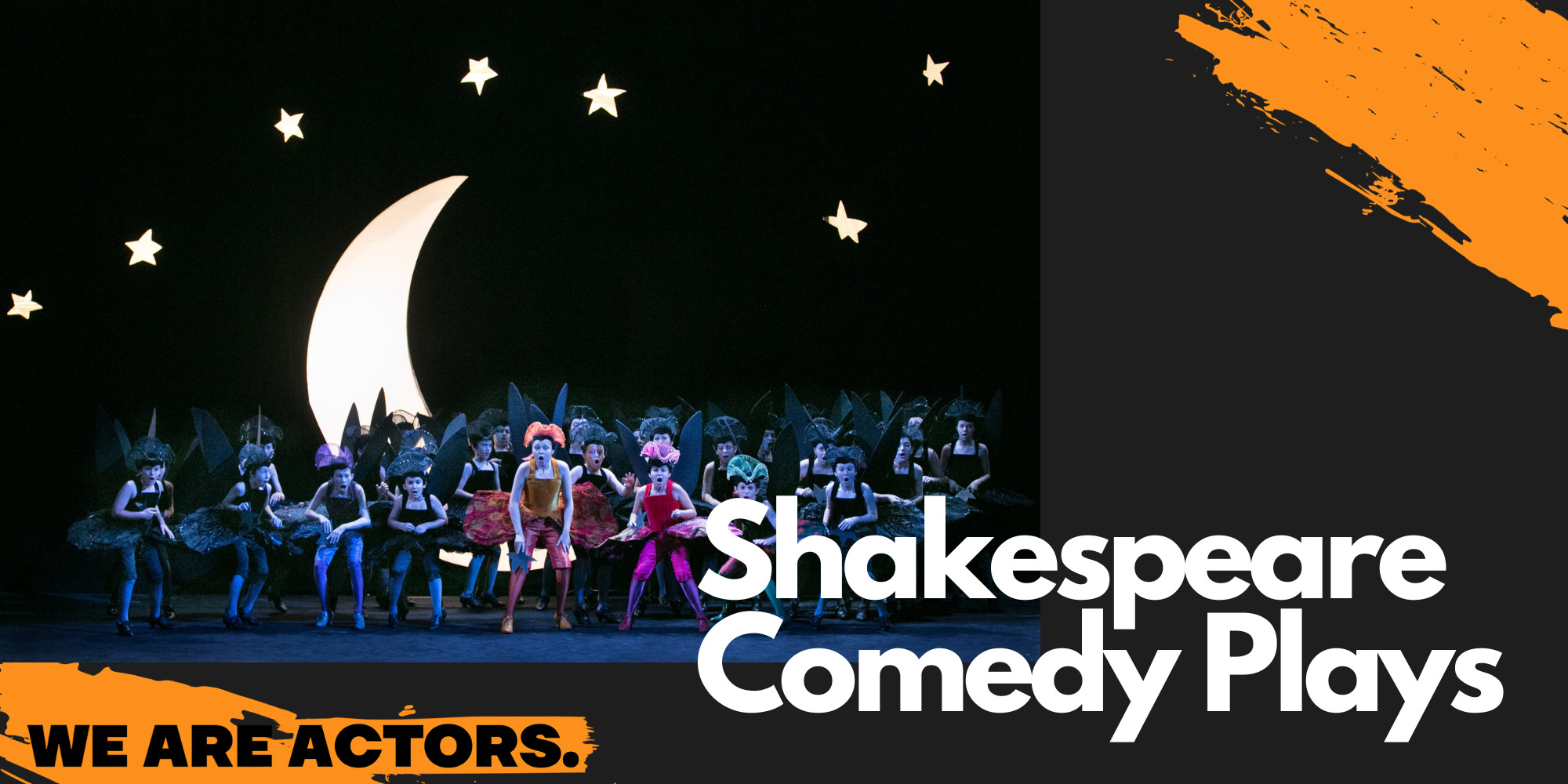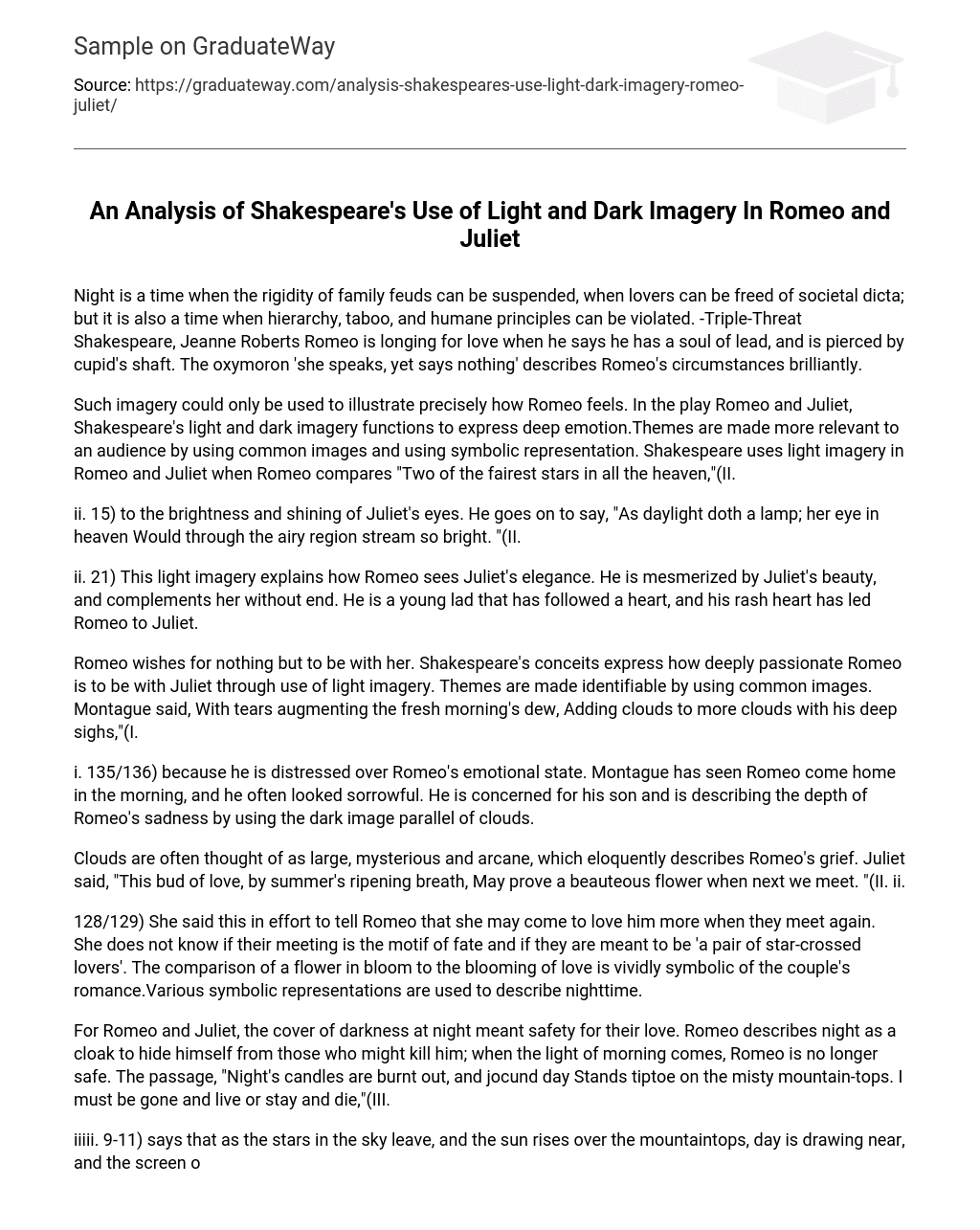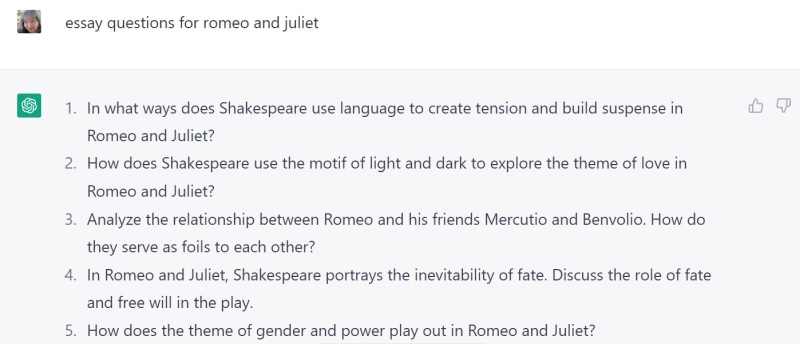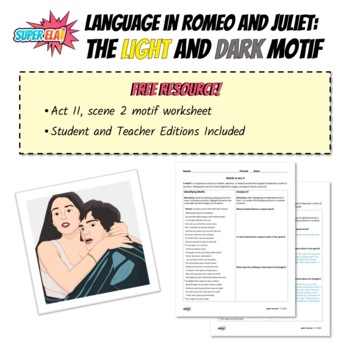Nov 17, 2023The images of light and dark are one of the most constant visual motifs in William Shakespeare ‘s Romeo and Juliet. Characters such as Benvolio, Juliet, and Romeo, who exhibit goodness, innocence, and love, are often seen giving off light, discussing light, or in the presence of light.
ChatGPT for Teachers: 20 Ways To Use It to Your Advantage
1) The Power of Love. But my true love is grown to such excess / I cannot sum up sum of half my wealth. – Juliet Capulet (2.6.33-34) This one is kind of a given, but it’s such a prominent theme in Romeo & Juliet that it forever warrants a place at the top of the list. Though debates reign about the extent of the roles of fate, hatred, and

Source Image: weareactors.com
Download Image
Shakespeare’s celestial motifs especially serve to develop characterization. In particular, the celestial motifs help to portray Romeo as a young, flighty, romantic who has his head in the

Source Image: graduateway.com
Download Image
Language in Romeo and Juliet: Motifs by Super ELA | TPT This is done through the use of motifs, which are recurring things that serve symbolic purposes within stories, and symbols, which are simply things in a story that signify other things, usually

Source Image: pinterest.com
Download Image
How Does Shakespeare Use The Motif Of Light
This is done through the use of motifs, which are recurring things that serve symbolic purposes within stories, and symbols, which are simply things in a story that signify other things, usually Light and Dark. Throughout Romeo and Juliet, Shakespeare utilizes light or the absence of light as a motif that enhances and/or contributes to the mood of a particular scene. As we watch Romeo and Juliet fall in love, and we watch as more and more obstacles get in the way of their burgeoning love, Shakespeare has alternately included light and
Pin on Symbols, loosely defined
One of the most often repeated image patterns in Romeo and Juliet involves the interplay of light and darkness. For example, Romeo compares Juliet to light throughout the play. Upon first sight of her, Romeo exclaims that she teaches “the torches to burn bright” (I.5.43). She’s also “the sun” who can “kill the envious moon” (II.2.3). 170 Themes to Rock Every Party in 2024 – Tagvenue Blog

Source Image: tagvenue.com
Download Image
Laurence King Publishing The Shakespeare Board Game One of the most often repeated image patterns in Romeo and Juliet involves the interplay of light and darkness. For example, Romeo compares Juliet to light throughout the play. Upon first sight of her, Romeo exclaims that she teaches “the torches to burn bright” (I.5.43). She’s also “the sun” who can “kill the envious moon” (II.2.3).

Source Image: johnlewis.com
Download Image
ChatGPT for Teachers: 20 Ways To Use It to Your Advantage Nov 17, 2023The images of light and dark are one of the most constant visual motifs in William Shakespeare ‘s Romeo and Juliet. Characters such as Benvolio, Juliet, and Romeo, who exhibit goodness, innocence, and love, are often seen giving off light, discussing light, or in the presence of light.

Source Image: weareteachers.com
Download Image
Language in Romeo and Juliet: Motifs by Super ELA | TPT Shakespeare’s celestial motifs especially serve to develop characterization. In particular, the celestial motifs help to portray Romeo as a young, flighty, romantic who has his head in the

Source Image: teacherspayteachers.com
Download Image
Shakespeare’s Book – By Chris Laoutaris (hardcover) : Target Juliet is the light that frees him from the darkness of his perpetual melancholia. In the famous balcony scene Romeo associates Juliet with sunlight, “It is the east and Juliet is the sun!” (2.2.3), daylight, “The brightness of her cheek would shame those stars/As daylight doth a lamp” (2.2.20-1), and the light emanating from angels, “O speak

Source Image: target.com
Download Image
Romeo and Juliet Motifs – YouTube This is done through the use of motifs, which are recurring things that serve symbolic purposes within stories, and symbols, which are simply things in a story that signify other things, usually

Source Image: youtube.com
Download Image
Advertising with Pinterest: The Complete 2024 Guide – Upbeat Agency Light and Dark. Throughout Romeo and Juliet, Shakespeare utilizes light or the absence of light as a motif that enhances and/or contributes to the mood of a particular scene. As we watch Romeo and Juliet fall in love, and we watch as more and more obstacles get in the way of their burgeoning love, Shakespeare has alternately included light and

Source Image: upbeatagency.com
Download Image
Laurence King Publishing The Shakespeare Board Game
Advertising with Pinterest: The Complete 2024 Guide – Upbeat Agency 1) The Power of Love. But my true love is grown to such excess / I cannot sum up sum of half my wealth. – Juliet Capulet (2.6.33-34) This one is kind of a given, but it’s such a prominent theme in Romeo & Juliet that it forever warrants a place at the top of the list. Though debates reign about the extent of the roles of fate, hatred, and
Language in Romeo and Juliet: Motifs by Super ELA | TPT Romeo and Juliet Motifs – YouTube Juliet is the light that frees him from the darkness of his perpetual melancholia. In the famous balcony scene Romeo associates Juliet with sunlight, “It is the east and Juliet is the sun!” (2.2.3), daylight, “The brightness of her cheek would shame those stars/As daylight doth a lamp” (2.2.20-1), and the light emanating from angels, “O speak